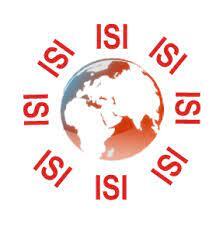Statistical Analysis of Climatic Variables and Prediction Outlook in Rwanda
DOI:
https://doi.org/10.62103/unilak.eajst.1.1.26Keywords:
climate change, temperature, precipitation, humidity, RwandaAbstract
Under the anthropogenic impacts, the climate is changing and has brought about severe and possibly permanent alterations to our planets‟ geological, biological and ecological ystems. Climate change is real and the technosphere is burdening the environment. This study overed 30 years (1980 to 2009) climate data (temperature, precipitation and humidity) to study the climate variability by using ORIGINPRO 8 software for statistical analysis. By presenting the status of climate variables (temperature, precipitation and humidity), this study presents the long term variation which shows decreased trends for precipitation and humidity while the temperature increases. However, the short –term variation showed the monthly variation of temperature to be higher in July to September (21℃ t o22℃). Finally, this study has showed that the precipitation trends in the coming years will gradually decline from nearby 80mm in 2010 to 70 mm in 2030 while the temperature will increase by 0.6 0C in these two coming decades. Finally, it is predicted that the atmospheric humidity will slightly decrease from 73.3% to 72%.








